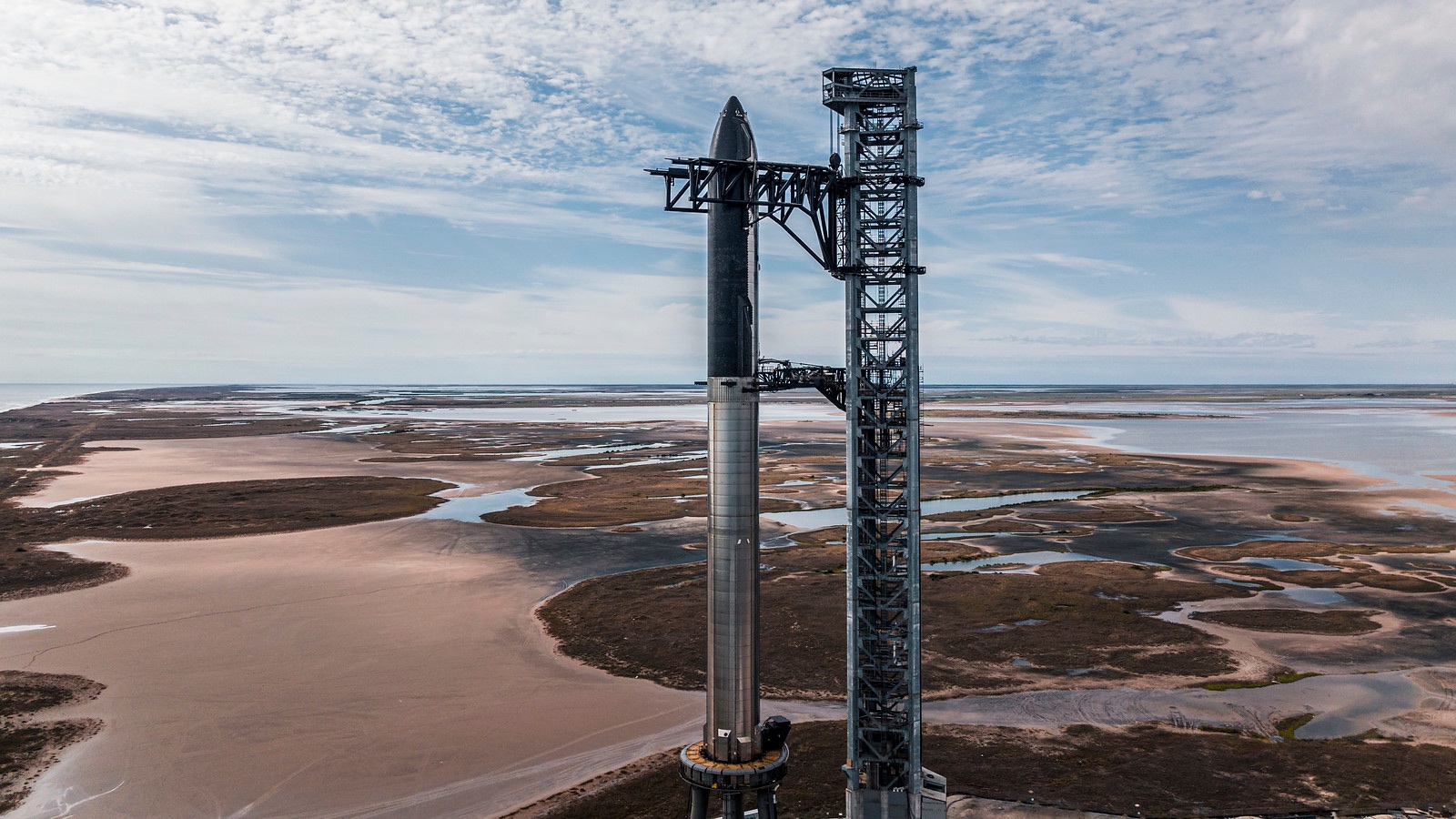WASHINGTON — NASA partnerships announced June 15 would support development of new commercial capabilities that include a Blue Origin crewed spacecraft and a Starship-derived space station from SpaceX.
NASA announced the selection of seven companies for unfunded Space Act Agreements as part of its Collaborations for Commercial Space Capabilities-2 (CCSC-2) initiative. NASA will provide the selected companies with technical expertise, assessments and data to assist the companies in the development of new capabilities.
“The companies can leverage NASA’s vast knowledge and experience, and the agency can be a customer for the capabilities included in the agreements in the future,” Phil McAlister, director of commercial spaceflight at NASA Headquarters, said in a statement about the selections. “Ultimately, these agreements will foster more competition for services and more providers for innovative space capabilities.”
NASA is not providing any funding to the companies under the agreements. The agency said in the announcement that offering its expertise to the companies requires only “minimal government resources.”
Among the companies receiving CCSC-2 agreements is Blue Origin. That company will use the agreement to work on an “integrated commercial space transportation capability that ensures safe, affordable, and high-frequency U.S. access to orbit for crew and other missions.” The statement provided no further details and Blue Origin did not immediately respond to questions about those plans.
That statement suggests Blue Origin is working on a crewed spacecraft. The company started work on such a vehicle more than a decade ago with two funded Space Act Agreements in the initial phases of NASA’s Commercial Crew Development program. Those awards supported initial designs of what the company called a “Space Vehicle,” a biconic design intended for launch initially on the Atlas 5. Blue Origin elected not to compete in later phases of the program.
SpaceX received a CCSC-2 agreement to work on an “integrated low Earth orbit architecture” involving both its Dragon and Starship vehicles. “This architecture includes Starship as a transportation and in-space low-Earth orbit destination element supported by Super Heavy, Dragon, and Starlink,” the announcement stated.
SpaceX has not previously discussed using Starship as a LEO destination, but others in the industry have suggested the large volume that Starship offers could make it an option as a commercial space station.
“SpaceX’s Starship is so large and also so cost-effective that it could be a station itself,” said Chad Anderson, founder and managing capital of Space Capital, during a session of the Financial Times’ Investing in Space conference June 6. He suggested that it could disrupt business models for other commercial space stations.
An example he gave was a hotel company outfitting the interior of Starship for customers. “They could launch a group of people and stay however long they want with the accommodations they want, and they could do it all for less than the cost of one seat to the space station today.”
Other companies working on space stations also received CCSC-2 agreements. Sierra Space will work with NASA on its “commercial low Earth orbit ecosystem” that includes the Dream Chaser spacecraft and LIFE expandable modules. ThinkOrbital received an agreement to refine its plans for large in-space platforms for research, manufacturing and crewed applications. Vast will work with NASA to support its plans, announced in May, for the Haven-1 module and crewed missions to it.
Other CCSC-2 awards went to Northrop Grumman for an autonomous spacecraft called “Persistent Platform”, based on its Cygnus vehicle, for commercial research and manaufacturing, and to Special Aerospace Services for an in-space servicing technology called the Autonomous Maneuvering Unit.
The CCSC-2 agreements come nine years after the first such agreements NASA made with four companies. Final Fronter Design received an award to work on a pressure suit, Orbital ATK (now part of Northrop Grumman) received one for its Mission Extension Vehicle satellite servicing spacecraft, SpaceX for technologies needed for deep space missions that included methane-oxygen propulsion used on Starship, and United Launch Alliance for a variety of technologies for its Vulcan launch vehicle.
